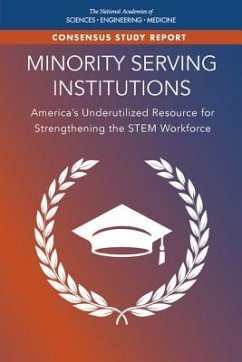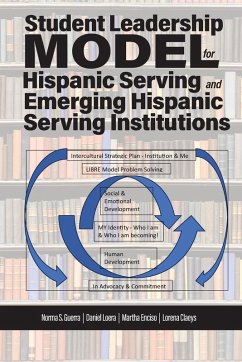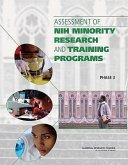There are over 20 million young people of color in the United States whose representation in STEM education pathways and in the STEM workforce is still far below their numbers in the general population. Their participation could help re-establish the United States' preeminence in STEM innovation and productivity, while also increasing the number of well-educated STEM workers. There are nearly 700 minority-serving institutions (MSIs) that provide pathways to STEM educational success and workforce readiness for millions of students of color--and do so in a mission-driven and intentional manner. They vary substantially in their origins, missions, student demographics, and levels of institutional selectivity. But in general, their service to the nation provides a gateway to higher education and the workforce, particularly for underrepresented students of color and those from low-income and first-generation to college backgrounds. The challenge for the nation is how to capitalize on the unique strengths and attributes of these institutions and to equip them with the resources, exceptional faculty talent, and vital infrastructure needed to educate and train an increasingly critical portion of current and future generations of scientists, engineers, and health professionals. Minority Serving Institutions examines the nation's MSIs and identifies promising programs and effective strategies that have the highest potential return on investment for the nation by increasing the quantity and quality MSI STEM graduates. This study also provides critical information and perspective about the importance of MSIs to other stakeholders in the nation's system of higher education and the organizations that support them.
Bitte wählen Sie Ihr Anliegen aus.
Rechnungen
Retourenschein anfordern
Bestellstatus
Storno






